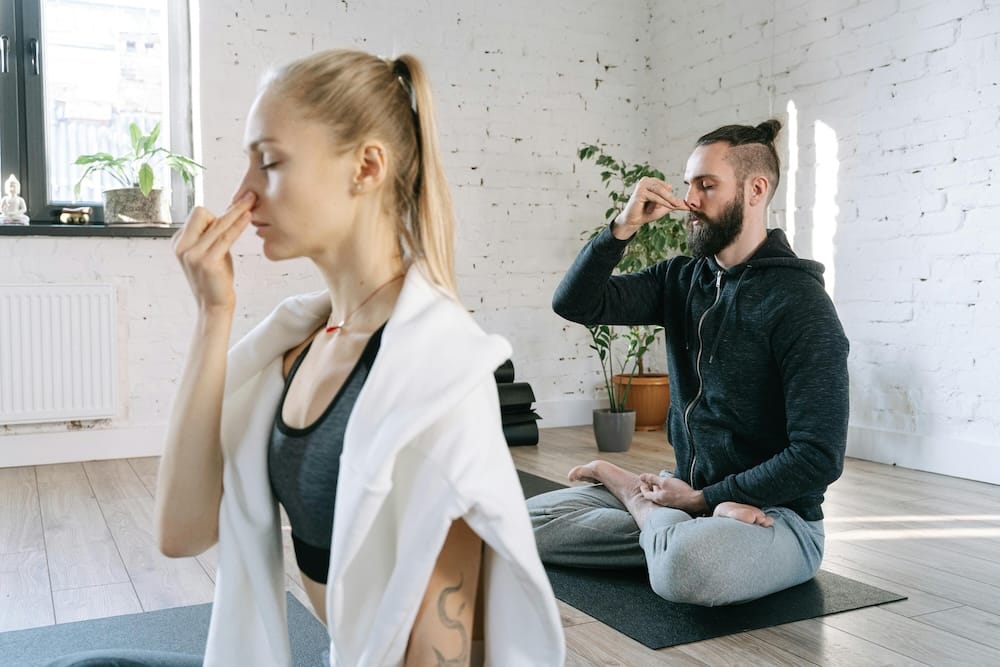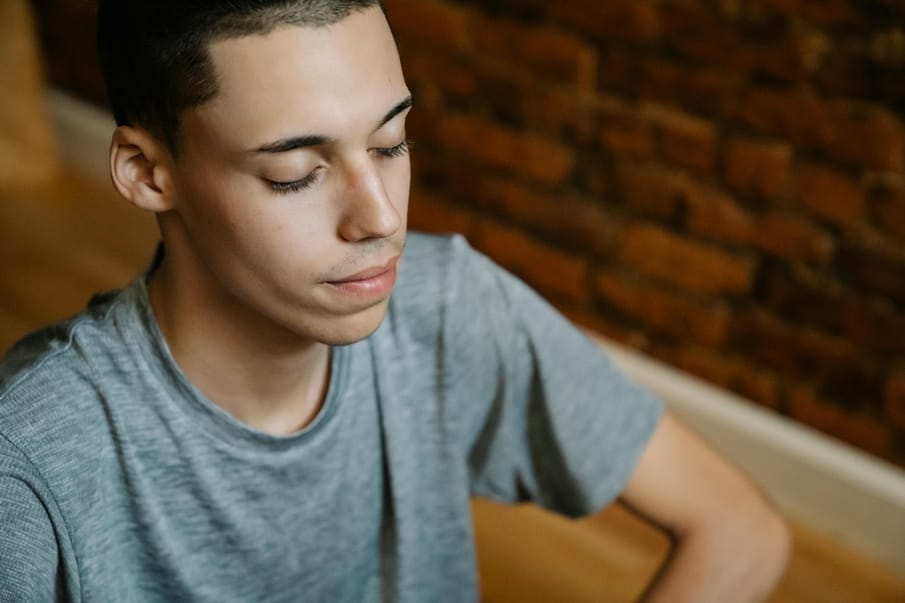Stress can impact us in various ways. Unlock the power of breath to help counter its effects
Breathe, they say, but no breath is made equal! One thing’s for sure, we have lost the art of breathing well. And while we spend money and time searching for external things that can help us stay calm, focused, or energised, the power to guide our mood and feelings could lie within.
When anxious, we tend to engage in chest breathing, which causes an upset in the body’s oxygen and carbon dioxide levels, resulting in increased heart rate, dizziness, muscle tension, and other physical sensations. What we really need to focus on is deep breathing – diaphragmatic breathing – as it reduces stress and anxiety, enhances mental clarity, and promotes relaxation. It improves oxygen delivery, lowers heart rate and blood pressure, and supports digestive health.
Another thing we know: our breath has the power to heal. There is great wisdom within your breath, and as you begin to work with it consciously, you can unlock this, and use it to transform your mind, body, and soul.
Stress can impact us in various ways, from presenting as insomnia and brain fog to fatigue (both physical and mental), so here are five powerful breathing techniques that can be utilised in the moment to help counter it.
For calm: try box breathing (also known as square breathing)
Visualise a square as you breathe in four equal parts: inhale, hold, exhale, hold. Start by inhaling deeply through your nose for a count of four. Hold your breath for a count of four. Exhale slowly and completely through your mouth for a count of four. Hold your breath again for a count of four. Repeat this cycle for several rounds, maintaining a steady and controlled rhythm. Box breathing helps to regulate your nervous system, bringing about a state of calm and balance, and is an excellent technique to use during stressful moments.
For sleep: try the 4-7-8 method
Sit or lie down comfortably, and place the tip of your tongue against the ridge behind your upper front teeth. Exhale completely through your mouth, then inhale quietly through your nose for four seconds. Hold your breath for seven seconds, and then exhale completely through your mouth for eight seconds. Repeat this cycle for a total of four breaths. This technique helps reduce anxiety, relaxes the nervous system, lowers heart rate, and improves overall sleep quality, promoting deeper and more restful sleep.
For energy: try skull shining breath (also known as kapalabhati pranayama)
Kapalabhati consists of alternating short, powerful exhales, and slightly longer, passive inhales. Gently close the eyes and breathe through the nose and take a couple of deep grounding breaths to calm the mind, focusing on the lower belly. Now quickly contract your lower belly, pushing a burst of air out of your lungs. Then quickly release the contraction to suck air into your lungs. Pace yourself slowly at first. Repeat eight to 10 times at about one exhale-inhale cycle every second or two. The skull shining breath should be practised on an empty stomach. It is an energising breathing practice that clears the lungs, the nasal passages, and brings lightness and clarity to the frontal region of the brain.
For balance: try ocean breath (AKA ujjayi breathing)
With this exercise, both inhalation and exhalation are done through the nose. As you inhale and exhale, keep your mouth closed. Constrict your throat to the point that your breathing makes a rushing noise, almost like snoring. Control your breath with your diaphragm and keep your inhalations and exhalations equal in duration. Ujjayi breathing may improve your concentration, release tension throughout the body, and regulate the heating and cooling of the body, warming the core from the inside. It’s ideal for maintaining equilibrium and focus during yoga practice or any balancing activity.
For clarity: try alternate nostril breathing (otherwise known as nadi shodhana)
Sit comfortably with your spine straight. Bring your right hand in front of your face, and position your index and middle fingers between your eyebrows. Use your thumb to close your right nostril and inhale deeply through your left nostril. At the peak of your inhalation, close your left nostril with your ring finger, releasing your right nostril. Exhale slowly and completely through your right nostril. Inhale through your right nostril, close it with your thumb, and exhale through your left nostril. Continue this cycle for several rounds, focusing on the rhythm of your breath. Alternate nostril breathing enhances mental clarity and focus by balancing the left and right hemispheres of your brain.

When to use these breathing techniques
Incorporating these breathing techniques into your daily routine can significantly enhance your overall wellbeing. The beauty of using your breath as a tool for healing is that you can literally do it anytime and anywhere. Breathing well is an art, and mastering these techniques can be a game-changer in managing stress and relieving anxiety. Start small, practise regularly, find the breathing technique that works best for you, and observe the profound effects on your mind, body, and soul.


Comments